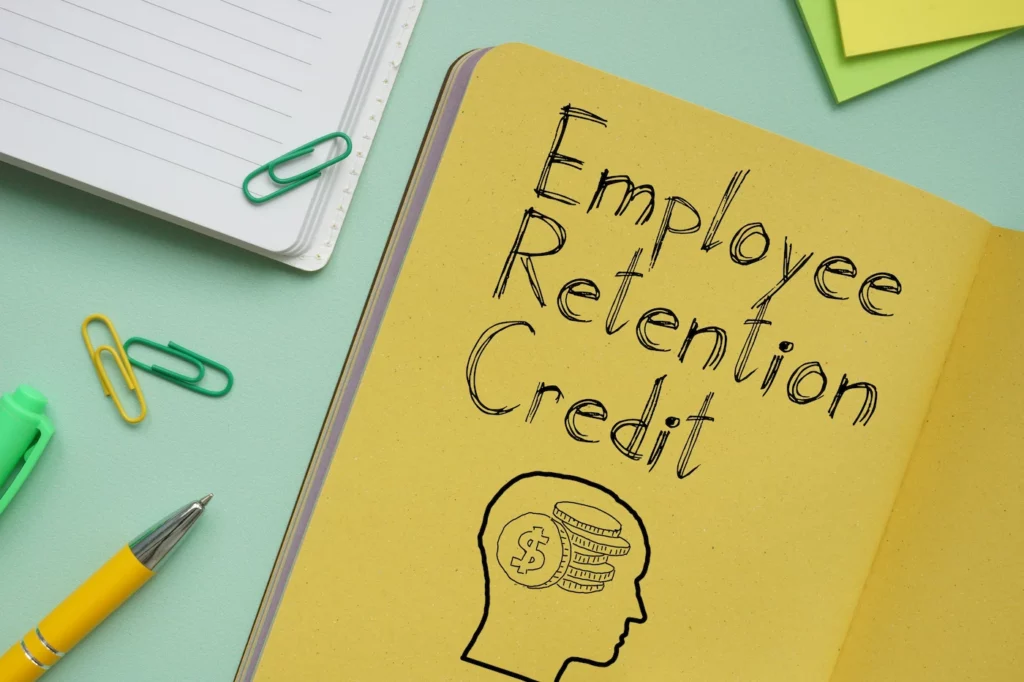The COVID-19 pandemic had a devastating impact on small and medium businesses in the United States, with almost 43% of businesses shutting shop temporarily in the year 2020 alone, while the employment rate fell by 40%. To combat this deeply precarious situation, the Coronavirus Aid, Relief, and Economic Security Act(CARES) was issued by the US government. It included provisions for the Paycheck Protection Program(PPP) Loans and the Employee Retention Credit(ERC) Program.
Read on to learn what PPP and ERC entail, the key factors differentiating these government-sanctioned funds, their qualifying criteria, and more.
Payment Protection Program (PPP) Loans
PPP was designed by the Small Business Administration(SBA) in the United States. Launched in March 2020, it aims to aid small businesses in keeping their business afloat throughout the COVID-19 duration.
PPP allows small businesses that have previously benefited from the PPP loan scheme to take out a second loan to stay afloat and pay their workers during the business shortage period. Here’s a quick look at the eligibility criteria for applying for a PPP loan:
- Businesses must be previous recipients of a PPP loan.
- The number of employees working for the businesses that can borrow a second PPP loan is capped at 300.
- Businesses need to provide proof of gross revenue reduction between the last quarter of 2019 and the first quarter of 2020.
Although PPP loans were primarily issued to keep small businesses running during the COVID-19 pandemic, they could be used for various purposes:
- Business mortgage, rent, and lease payments
- Utility bill payments
- Operational expenditures
- Coverage costs for uninsured property damage
- COVID-19-compliant worker protection expenses
The Employee Retention Credit Program(ERC)
The CARES Act established the ERC tax credits program in March 2020 specifically to provide refundable tax credits to small businesses that kept their employees on their payrolls throughout the COVID-19 pandemic.
It’s an immediate tax credit initiative that facilitates employers to reduce the taxes sent to the IRS. It also offers refunds and reimbursements when the total credits accrued exceed the payroll tax accumulated.
Any small business that employs full-time workers can claim tax credits under the ERC program. All they need to show as proof is a set decline in gross revenue since the onset of the pandemic in the form of receipts or show cause for a full or partial suspension of business operations due to the pandemic.
ERC tax calculation considers the total qualified wages that include healthcare plan expenses, social security taxes, and other remuneration paid by employers.
Differences Between the PPP Loans and the ERC Program
From the brief overview of both plans, you can see that although PPP and ERC were launched to provide monetary relief to small and medium businesses during the pandemic, their applications and qualifying factors differ significantly. Here’s a quick comparison of the two relief aid programs:
- PPP is a cash loan amount that can be withdrawn by the business, whereas ERC is a tax credit saving scheme.
- PPP loans are processed via banks or the SBA, whereas ERC comes under the aegis of the IRS.
- If the PPP loan amount is disbursed correctly, businesses do not need to pay back the loan to the issuing authority. ERC has no such clause for paying back. It’s primarily a tax reduction scheme.
- PPP amount can be used for various business purposes, whereas ERC tax credit can only be accumulated with payroll and wage-related operations.
- PPP cannot be availed by businesses having more than 300 employees, whereas ERC has no such capping criteria.
- It’s incumbent upon businesses to show a minimum loss of 25% or more of their quarterly revenue to claim a PPP loan. ERC savings can be accumulated with a gross quarterly revenue loss of 20% or more.
- ERC has a limited application for wages paid between March 2020 and January 2021.
- PPP loans can go up to $2 million based on 3.5 times the average monthly payroll costs between 2019 and 2020.
- ERC is capped at a maximum wage of $10,000 per employee, for which businesses can claim 50% qualified wage credits.
- ERC reimbursements can be used to offset future payroll taxes.
Can Businesses Qualify for Both PPP and ERC Relief Aid?
Yes! Applying for a PPP loan doesn’t bar you from claiming payroll tax credits under the ERC program, per the Taxpayer Certainty and Tax Relief Act, 2020.
Businesses can also use increased credit rates and maximize their payroll tax savings by increasing the limit on individual employee qualified wages under the Consolidated Appropriations Act of 2021. The ERC tax reduction credits may be accepted by the IRS up to 2024.
Why Should You Sign Up With Oppuous’ Cost Recovery Partners?
Oppuous’ Cost Recovery Partners assist businesses in figuring out their eligibility for the ERC program even as they avail themselves of a second PPP loan under the CARES act. It also helps businesses amend their Quarterly Form(s) 941 in accordance with ERC guidelines.
Oppuous Cost Recovery Partners offer tax consulting and filing options and have a dedicated client support system that ensures all your queries, concerns, and issues related to ERC payments are addressed in a timely manner.
We Can Help You Apply for ERC
If you think you’re already too late to benefit from the ERC, think again. We are here to help your business claim benefits.
The onset of the COVID-19 pandemic unequivocally impacted all business owners across the United States. ERC is a government-issued plan to help business owners contend with the losses incurred during the pandemic. Even if you don’t think you were terribly impacted, you may know someone who was and would like to help them benefit from the ERC program.
If you would like to explore your options regarding the ERC tax credit filing, benefits, reimbursements, and eligibility, fill out this form to get in touch with Oppuous Cost Recovery Partners today.









